Growing Sunflowers: Your Complete Guide from Seed to Snack
I’ve spent more than my fair share of time with dirt under my fingernails, coaxing everything from picky herbs to massive trees out of the ground. But honestly, nothing beats the pure, simple satisfaction of growing a sunflower. I’ll never forget my first time trying a ‘Mammoth’ variety; I followed the seed packet to the letter, but a surprise summer storm knocked the whole row flat right before they bloomed. Ouch.
In this article
That was a tough but valuable lesson: growing great sunflowers is about more than just sun and water. It’s about really understanding the plant, from its roots all the way up to that massive, sunny head.
This guide is basically all the stuff I’ve learned over the years, through plenty of trial and error. We’re going to skip the fluff and get right into the field-tested tricks that make the difference between a sad, droopy flower and a magnificent giant that has the neighbors talking.
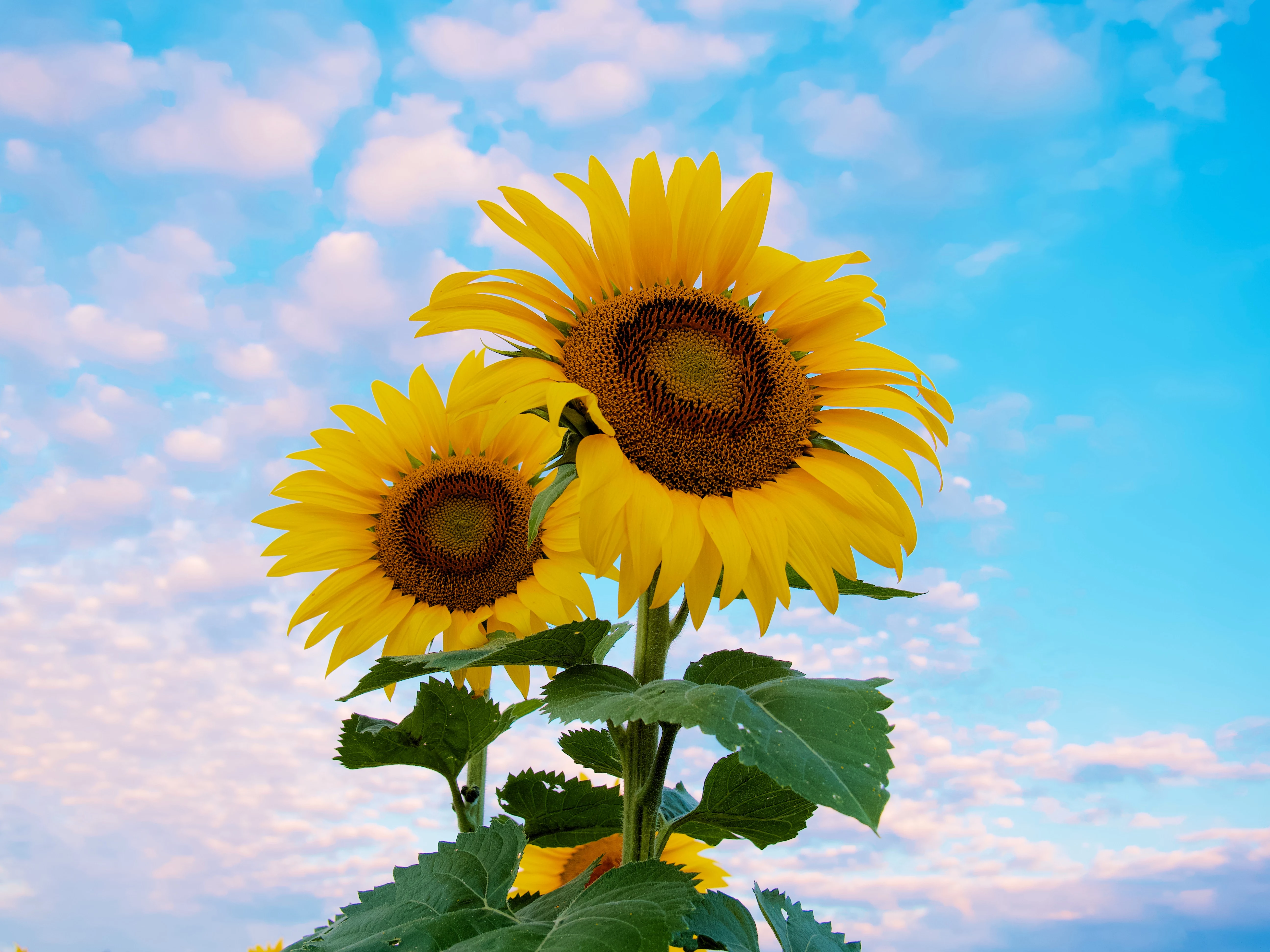
The Secret Life of a Sunflower
So, what makes a sunflower tick? You’ve probably heard that they follow the sun, which is true… mostly. It’s the young plants that do this cool trick called heliotropism, tracking the sun from east to west all day. At night, they slowly swing back to the east, ready to catch the first morning rays.
But why? It’s all about getting as much solar energy as possible to fuel their crazy-fast growth. Once the flower head gets big and heavy with seeds, though, the show is over. The plant usually locks into a permanent east-facing position. This little detail is actually a pro-level tip: an east-facing flower warms up faster in the morning, making it way more attractive to bees and other pollinators. More pollinators mean a much better seed harvest. Simple, right?
Good Soil is Everything
Sunflowers are hungry plants with a powerful main root—a taproot—that can tunnel several feet down to find water and nutrients. Because of this, they absolutely need soil that drains well. If you have heavy, dense clay, the root will struggle, and soggy soil is a fast track to root rot. I’ve seen entire plantings fail just because the ground was too compacted and wet.
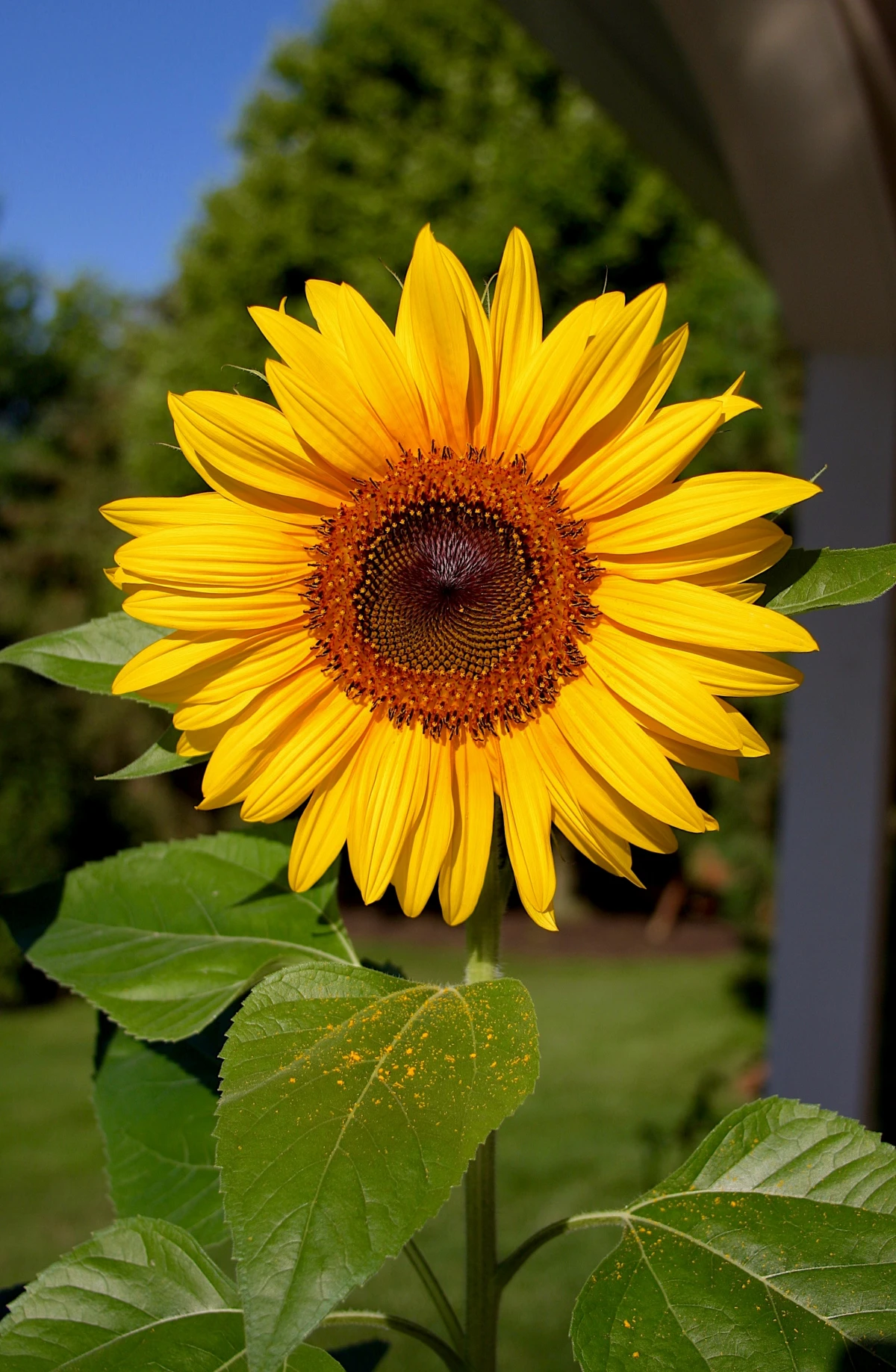
Ideally, you’re aiming for a soil pH between 6.0 and 7.5. Most garden soil is already in this sweet spot, but it never hurts to check. A basic home test kit from a garden center will run you about $15 and gives you a decent idea. For a really detailed report, you can send a soil sample to a local university extension office. It’s a step most people skip, but it takes all the guesswork out of the equation.
Picking a Sunflower: What’s Your Goal?
Standing in front of the seed rack can be a bit much. Before you get dazzled by a pretty picture, ask yourself: what am I growing these for? A privacy screen? Bouquets for the kitchen table? Seeds for snacking? Your goal is the best guide.
To make it easier, here’s a quick rundown of your main options:
- For That Classic, Towering Look: If you want those jaw-dropping giants that can grow over 12 feet tall, look for varieties labeled ‘Mammoth’ or ‘Giant’. They’re incredible, but be warned: they’re a commitment. I once planted a row of these and a thunderstorm snapped three of them mid-stalk, even with what I thought was good staking. Now, I use heavy-duty T-posts—the green metal kind you see on farms. You can get them at a farm supply or hardware store for about $7-$12 a post. I drive one in every few feet and run twine between them to create a support wall. It’s extra work, but it saves a lot of heartache.
- For Cutting and Bouquets: If you want to bring flowers inside, you need specific types. Many classic sunflowers are loaded with pollen that will stain your tablecloth yellow. For floral arrangements, the pros use pollenless, upward-facing varieties. Look for floral-industry types that promise strong, single stems and, most importantly, no pollen. A quick heads-up: many of these professional-grade flowers are hybrids, which means if you save their seeds, they probably won’t grow into the same type of plant next year. So, plan on buying fresh seeds each season for your cutting garden.
- For Edible Seeds: If you’re dreaming of roasting your own seeds, you’ll want varieties bred for big heads packed with plump kernels. Look for names like ‘Titan’ or ‘Mammoth Grey Stripe’. The key with these is to give them plenty of space and food so those heads can reach their full, massive potential.
- For Pots and Small Spaces: Yes, you can grow sunflowers in a pot! You just have to pick a dwarf variety. Trying to grow a giant in a container is a recipe for disappointment. Look for fun names like ‘Teddy Bear’ or ‘Elf’. Even these little guys need a big pot—at least 5 gallons in volume, with plenty of drainage holes. And here’s a crucial tip: use a high-quality potting mix, not soil from your garden. Garden soil will get dense and compacted in a pot, choking the roots and holding way too much water. Potted sunflowers dry out fast in the summer, so plan on daily watering.

Your Beginner’s Shopping List
Feeling ready to start? Here’s a rough idea of what you’ll need and what it might cost to get a small patch going:
- A packet of seeds: $3 – $5
- A bag of good compost: $8 – $12
- A sturdy 8-foot stake (for one tall plant): $5 – $7
- A basic soil test kit (optional but helpful): $15 – $20
See? It’s a pretty affordable project with a huge payoff.
Planting: Get the Start Right
Sunflowers are divas about their roots; they hate being disturbed. That’s why I always recommend planting seeds directly in the garden after the last frost has passed. Don’t just go by the calendar—wait until the soil feels warm to the touch, or use a soil thermometer to make sure it’s at least 55°F.
First, pick a spot that gets at least 6-8 hours of direct sun. Then, it’s time to prep the soil. For smaller varieties, turning the soil about a foot deep is fine. For the giants, I double-dig, which creates a deep, fluffy bed for that taproot to explore. Then, I work in a 2-3 inch layer of compost. Whatever you do, avoid high-nitrogen fertilizers (like lawn food). You’ll get a super tall, leafy plant with weak stems and sad, tiny flowers. Trust me, I’ve seen it happen.

My planting method is simple:
- Space them out. Seriously, check the seed packet. Don’t crowd them. Giants need about 18 inches apart, while smaller types can be closer to 12 inches.
- Plant them 1 to 1.5 inches deep. Any shallower and birds will thank you for the free meal.
- Plant two seeds per spot. After they sprout and get their first set of true leaves (the second set of leaves they grow), you’ll need to thin them to the strongest seedling. It feels mean, but it’s essential. Just snip the weaker one at the soil line. Which one is strongest? Look for the one that’s a bit taller, with a thicker stem and the greenest-looking leaves.
- Water gently and keep the soil consistently moist until they sprout, which usually takes 7-14 days.
Caring for Your Growing Giants
Once your seedlings are up, the real fun begins. Your job is to guide them to maturity.
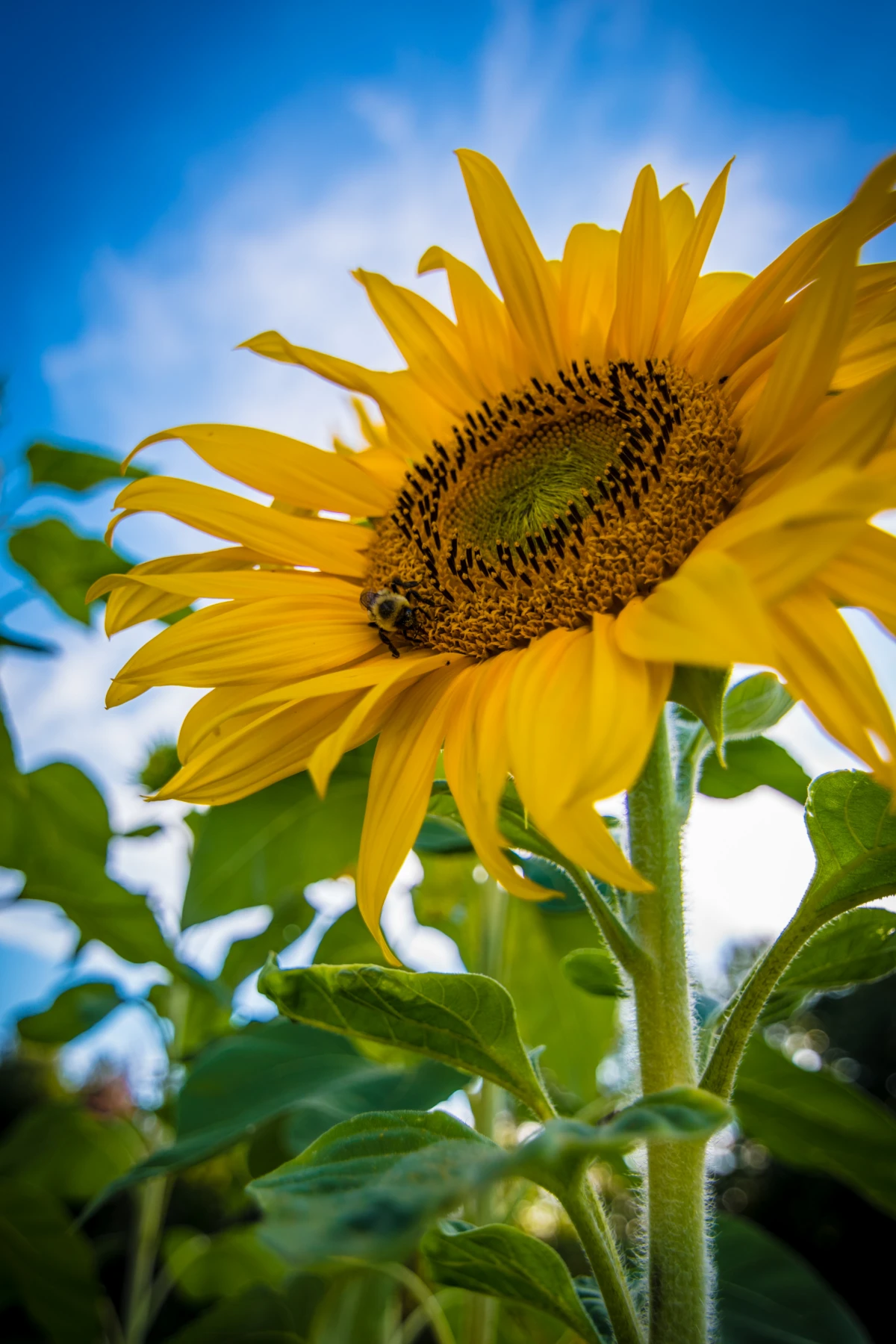
Water them deeply but not too often—a good soaking once a week during dry spells is usually enough. This encourages the roots to grow deep. Once the plants are about a foot tall, add a 2-inch layer of mulch like straw or shredded leaves. This keeps weeds down and holds moisture in the soil.
Staking is not optional for any variety that’s supposed to get over 5 feet tall. A heavy flower head is like a sail in the wind. For single plants, a sturdy stake driven deep into the ground will work. Use soft ties, like strips from an old t-shirt, to loosely attach the stalk to the stake as it grows.
Pest Patrol: A Realistic Approach
You aren’t the only one who loves sunflowers. Squirrels and birds love to dig up fresh seeds, so I often cover the bed with some netting until the seedlings are established. Aphids can also be an issue, but a strong blast of water from the hose usually knocks them right off. For bigger problems, insecticidal soap is a good option—just be sure to apply it in the evening when the friendly bees aren’t active.
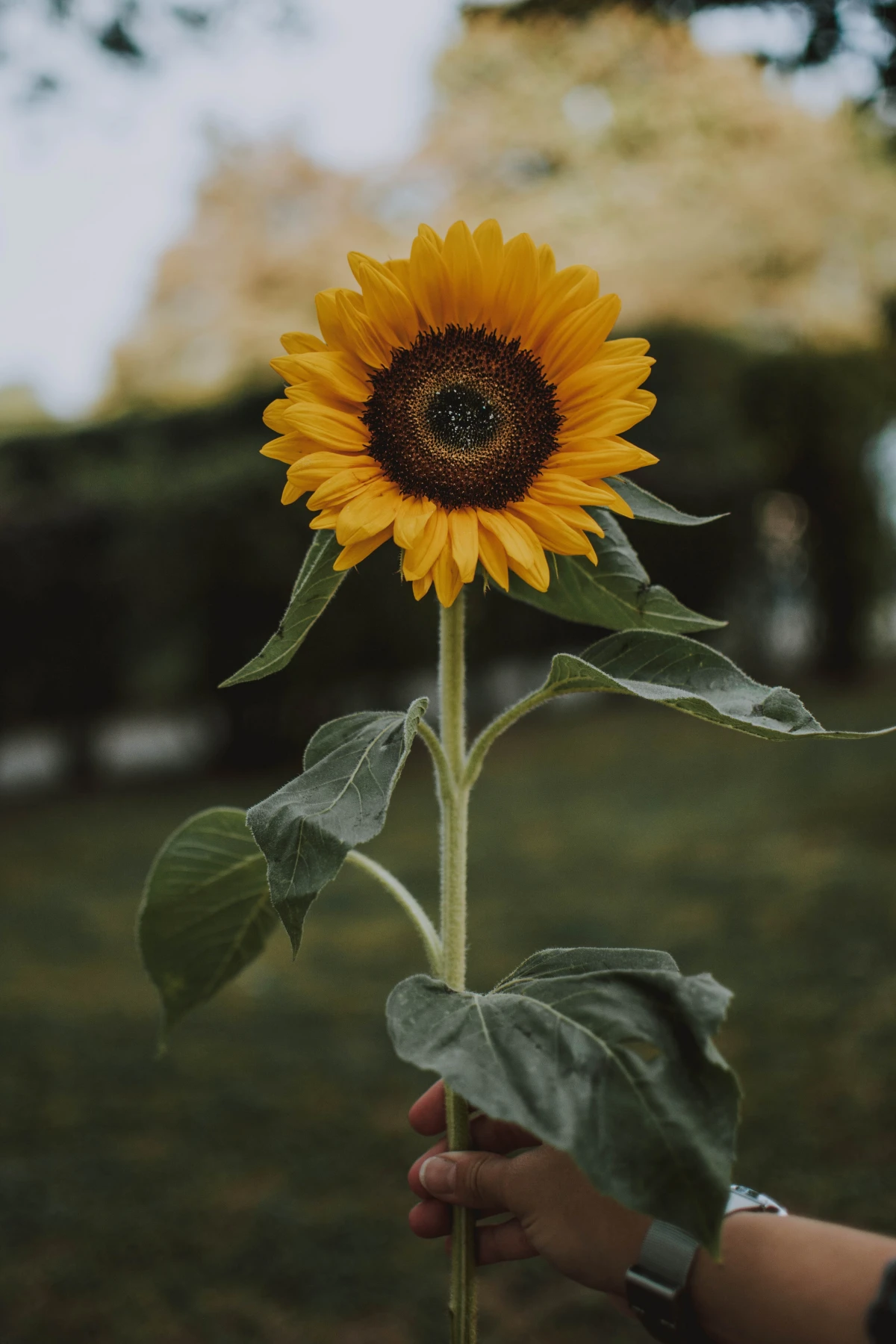
You might also see powdery mildew, which looks like a white dusting on the leaves. It’s common in humid weather. The best prevention is giving your plants enough space for air to circulate. If you see it, just remove the affected leaves.
Harvest Time!
How you harvest depends on what you want. For cut flowers, cut them in the cool of the morning when the petals are just starting to lift off the center disk. Plunge them into a bucket of water immediately.
For Edible Seeds
You’ll know it’s time to harvest the seeds when the back of the flower head turns from green to a yellowish-brown and starts to droop. At this point, you’ll need to beat the birds to the punch. You can cover the head with cheesecloth or a paper bag to protect your prize.
Once ready, cut the head off with about a foot of stem attached. Hang it upside down in a dry, well-ventilated spot like a garage for a few weeks. When the seeds are dry, they’ll come out easily when you rub your hand firmly across the head. (Good to know: wear gloves, as this can be a bit rough on the hands!)

From Head to Snack: How to Roast Your Seeds
Okay, you’ve got a bucket of fresh seeds. Now what? Don’t let them go to waste! Roasting them is easy and so rewarding.
- Soak ‘Em: Put your raw seeds in a bowl and cover them with water. Add about a quarter cup of salt for every two cups of seeds. Let them soak overnight. This helps the salt penetrate the shell for better flavor.
- Dry ‘Em: Drain the seeds and pat them as dry as you can with a towel. Spread them in a single layer on a baking sheet.
- Roast ‘Em: Bake them in a 300°F (150°C) oven for about 30-40 minutes. Stir them occasionally so they roast evenly. They’re done when they are lightly browned and fragrant. Let them cool completely before you start snacking.
A Few Final Words of Wisdom
One last thing to keep in mind: sunflowers can release chemicals that stop some other plants, like potatoes and pole beans, from growing well. It’s a good idea to avoid planting these right next to your sunflowers and to rotate where you plant your sunflower patch each year.
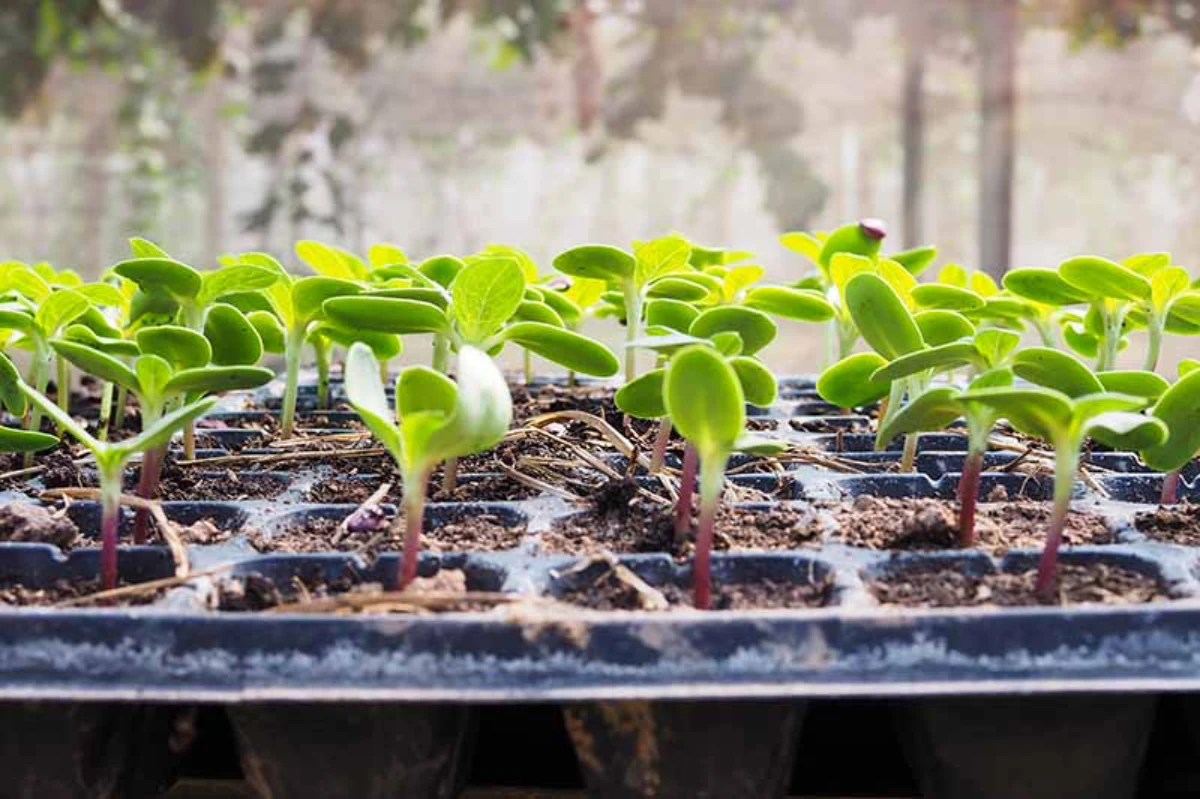
From that tiny seed to a towering plant and finally a bowl of home-roasted snacks, growing sunflowers is one of the most satisfying things you can do in a garden. It’s a project that teaches patience, observation, and a real connection to the seasons.
Galerie d’inspiration
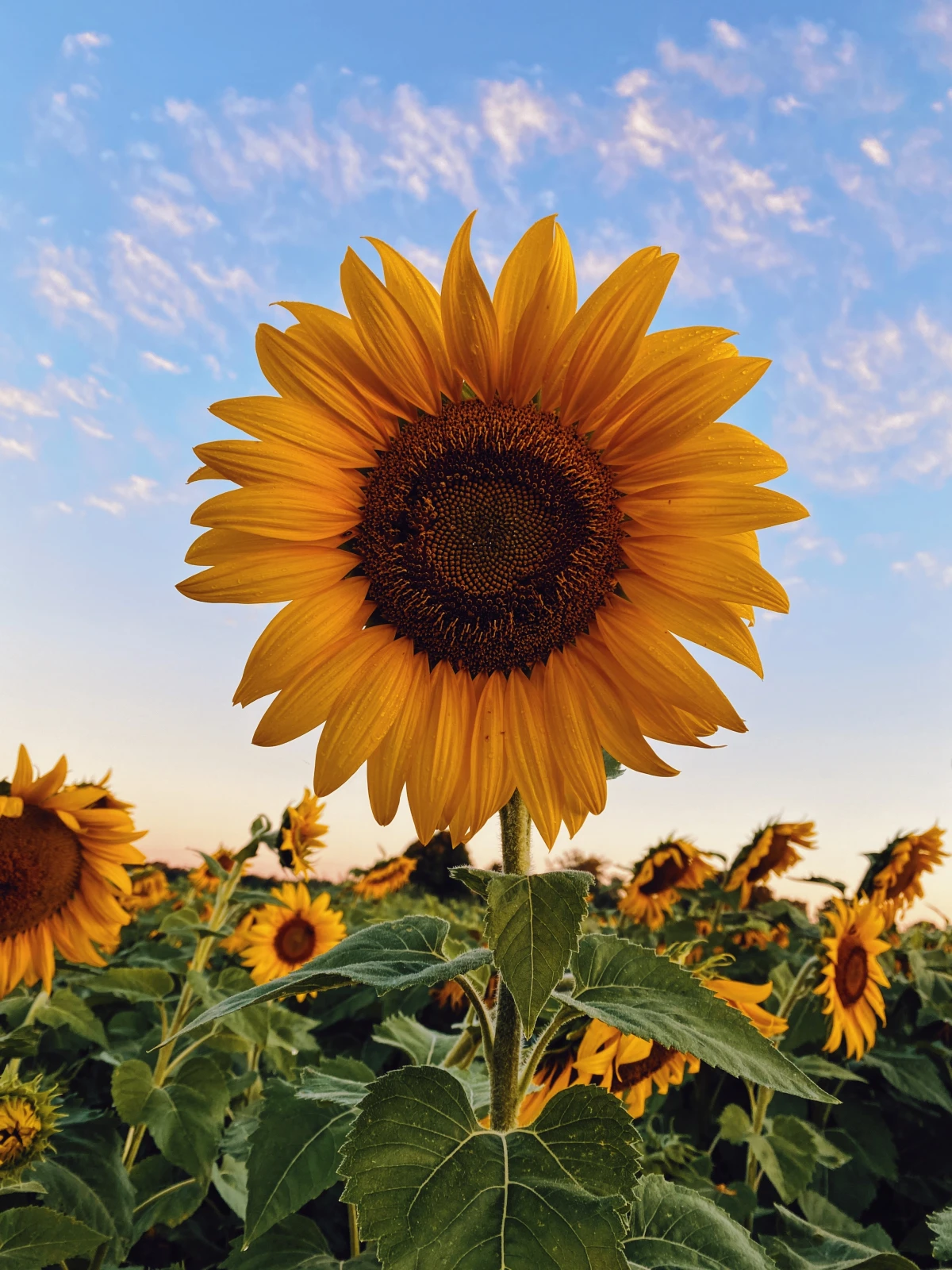

A single summer storm can topple a giant sunflower just before its moment of glory. For varieties like ‘American Giant’ or ‘Skyscraper’ that can reach over 15 feet, a simple bamboo stick won’t cut it. Your support system needs to be as ambitious as the plant itself.
- Single Staking: For plants up to 10 ft, drive a sturdy 2×2 inch wooden stake or a heavy-duty metal t-post about 18 inches into the ground, a few inches from the stem. Loosely tie the stalk to the stake with soft garden twine as it grows.
- Row Support: For a row of giants, place tall, strong posts at each end and weave twine between them, cradling the stems on both sides.

Did you know a single sunflower head can contain over 2,000 seeds?
Once the petals fade and the head droops, don’t be too quick to harvest. Leaving the mature heads on the stalk transforms your garden into a living bird feeder. You’ll see goldfinches, chickadees, and nuthatches clinging directly to the flower heads, providing weeks of fascinating wildlife observation. It’s the most beautiful and natural way to transition your garden from summer vibrance to autumn life.
Thinking beyond the classic yellow?
The world of sunflowers is a spectrum of surprising colors and forms. For a dramatic, moody border, try the ‘Chocolate Cherry’ variety, which boasts deep, velvety crimson petals. If you prefer a softer, painterly look, ‘Strawberry Blonde’ offers a multi-toned mix of rose, pink, and pale yellow. And for something completely different, the fluffy, pollen-free ‘Teddy Bear’ sunflower is a dwarf variety perfect for containers and adored by kids for its unique, pom-pom-like blooms.










